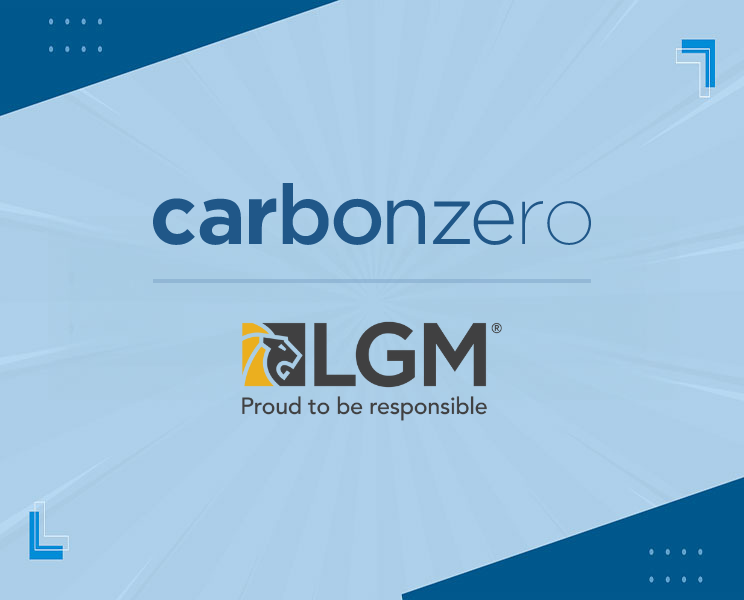By Jackson Hayes
As appeared in the January 2014 edition of Canadian AutoWorld
3-day course stresses MBP-first, customer centric sales approach
On a brisk November morning, five business managers sit somewhat anxiously in LGM’s Oakville, Ont. office waiting for class to begin.
The students, all women and all from Greater Toronto area dealerships, have a varying degree of experience selling F&I. Some have been at it for years; one has yet to sell a single product.
The most obvious thing they have in common is a growing discomfort knowing they will be videotaped giving their best F&I sales pitch. That tape will then be replayed, scrutinized and analyzed for strengths and weaknesses.
It doesn’t seem to be a critique they are worried about, though. The anxiety rests on the fact they will be videotaped at all.
“You’ll get over it,” LGM trainer David Wilke, who is running this particular class, explains with a smile.
“You will hate it, but it will make all of you more confident and better at your jobs.”
This is one of the first sessions of LGM’s newest national training program dubbed PowerTrain. LGM partnered with the Warranty Group of out the U.S. to help develop a curriculum he assues ahs be “totally Canadianized” and made fully bilingual.
Certain legal procedural requirements that don’t apply in Canada have been removed. LGM products have been inserted with “reason and justification,” the company said. The first class was held in October and there are plans for at lest 20 across the country in the first year. The format will be the same regardless of the location: small groups of six to 12 business managers learning the very basics of the F&I sales pitch according to LGM. The program’s main focus is a mechanical breakdown protection-first sales pitch with an overall customer-centric presentation. The vision, repeated many times throughout the morning, stresses an interactive sales interview that offers products to fit the customer’s driving habit and life cycles.
For LGM, white label provider of mechanical breadkwon protection packages for Kia, VW and Audi in Canada, the motivation is obvious.
“It’s the best product for the customer, dealer and the financial services manager. It makes the most sense. For the customer, it’s the product they’re likely to use and trust,” he tells the class.
The first day includes brief introductions and a review of the program outline.
He takes the group through a series of whiteboard sessions outlining the vehicle sales process, standard meet and greet steps and problems and solutions for the business office.
“What type of turnover process do you have in your store?” he questions the group. “is there any process at all?”
He urges the group to initiate the conversation with the customer and not let the salesperson “blow it” for them.
Wilke, who calls MBP products “customer funded loyalty programs,” said dealers should know the facts before coming down hard on their business managers.
While a penetration rate of 40 per cent is low of a domestic make, anything in the 30- to 40 per cent range for an import is high.
Most customers will compare cost and value when considering protection products, he says. The key to increasing penetration is understanding the factors affected cost and value like necessity, pride, quality, emotion, price and the sway of influencers.
If F&I success is graded on a bell curve, roughly 15 to 20 per cent of customers are automatic nos, 60 to 70 per cent are maybes and 15 to 20 per cent are automatic yeses.
Wilke says to celebrate the laydowns, forget the nos and focus on the middle.
“That’s the customer you want to turn. That’s the customer we’re going to learn about.”
PowerTrain is full of small tips that add up to complete presentations and processes. Examples include avoiding questions with yes or no answers and negative terms. Try to minimize worry, he says be saying “twenty-five nine” instead of “twenty-five thousands, nine hundred dollars” when talking about the price of the new car. At the same time, build value by adding the words thousands and dollars when discussing the value of a trade-in.
With just a few classes under his belt with LGM, he says the feedback has been positive thus far.
“I think people are used to mediocre response in the automotive training space. The MBP-first and customer centric approach is almost like a breath of fresh air. I think a lot of attendees expect to be browbeaten and sent back to their dealership where the dealer will expect $400 more a car overnight. That’s not the expectation we set and it’s not what we talk about.”
Once complete, attendees will be given a score from a multi-page report card. An LGM road manager will then go to the dealership and go over the report card with the dealer.
“We also keep an internal matrix that measures penetration rates following the class because measuing the students’ performance is really a measurement of the program. If we find deficiencies, we can learn so we can coach our gap,” he says.
“It’s a journey. Three days will not make anyone an expert. But going in with the ability to score and analyze, I don’t know anyone else that does that.”
LGM’s PowerTrain program costs $995.
For more information, contact David Wilke at david.wilke@lgm.ca


